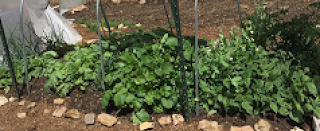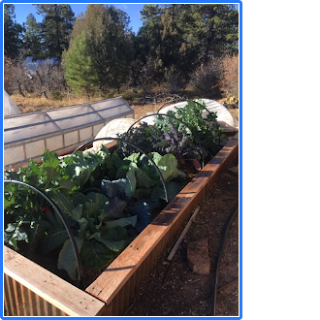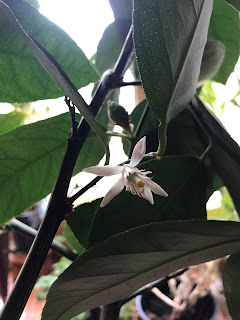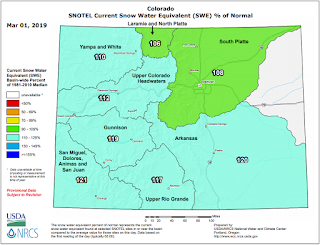Vegetable Garden Layout

by Ginger Baer For many years vegetable gardens were spacious, spread out and required a lot of weeding, water and upkeep. I loved my BIG garden, but hated the weeding and tried many methods to cut down on that kind of work. It wasn’t until I moved to the mountains and joined our community garden that I actually tried intensive gardening (due to the fact that my space was limited). Each garden plot measured 4' X 12', a far cry from my 20' x 20' garden at a lower elevation. In-ground garden The most important part of selecting your garden location is location. You need to have plenty of sunlight, well-drained soils and availability to water. Leafy vegetables, such as lettuce and spinach, require the least direct sunlight, only 4 to 5 hours. Root vegetables require 5 to 6 hours, and fruiting vegetables (such as tomatoes, cucumbers, and zucchini) require at least 8 hours. In Colorado, water can be a challenge unless you have water rights. This is why I have a plot


